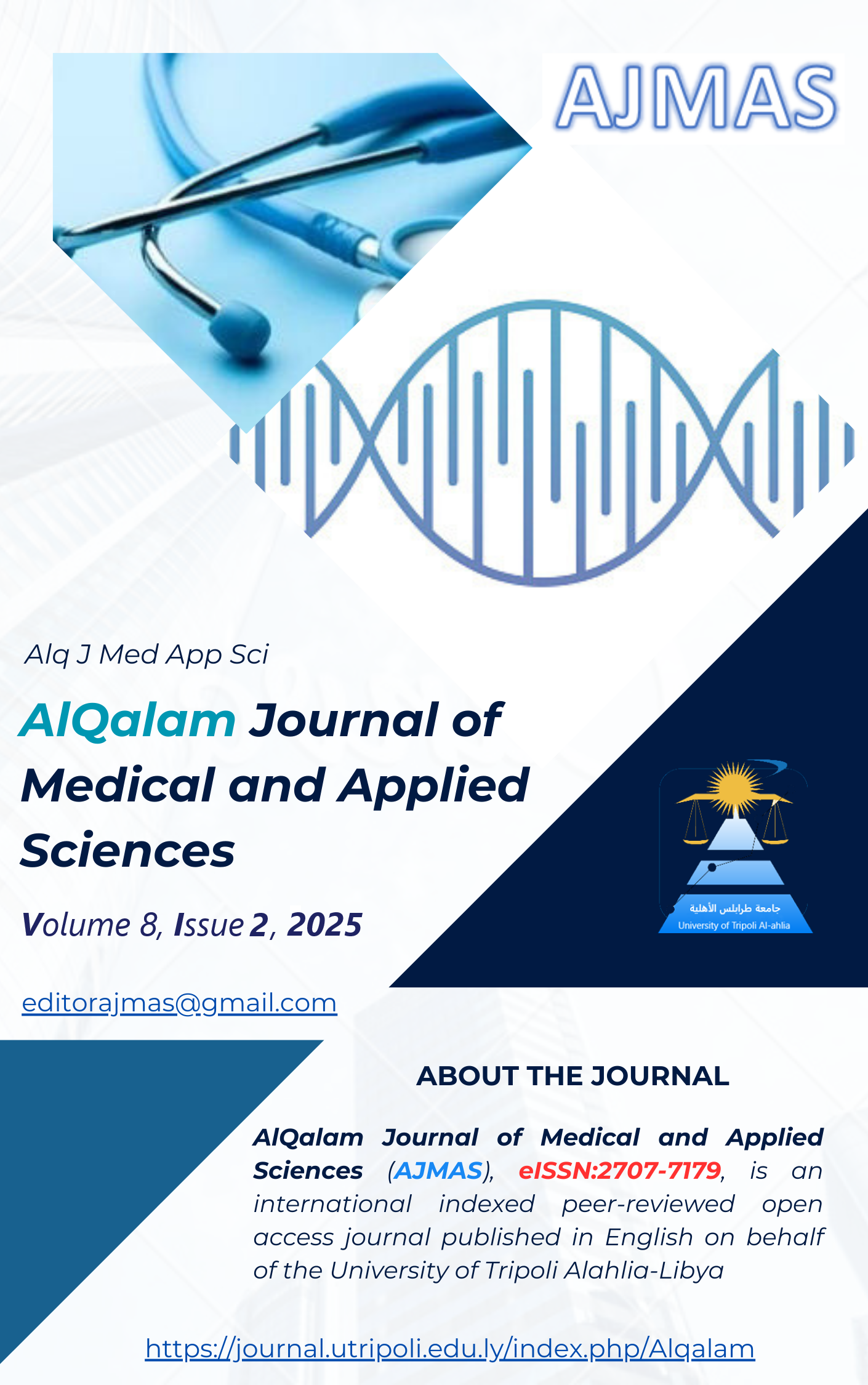Effect of Launaea taraxacifolia Leaf-based Diet on Enzymes and Biomarkers of Selected Tissues of High-fat Diet-Induced Hyperlipidemic Rats
DOI:
https://doi.org/10.54361/ajmas.258224Keywords:
Launaea taraxacifolia, Leaf-based Diet, Enzymes, Biomarkers.Abstract
The study investigated the effects of Launaea taraxacifolia leaf-based diet at 6.25% - 25% inclusion levels on selected enzymes and biomarkers of selected tissues of high-fat diet-induced hyperlipidemic rats. 36 female rats weighing 165.82 ± 2.10g were assigned to two groups: A (6) and B (30). Animals in group B were made hyperlipidemic by feeding on high-fat diet for six weeks and were later re-assigned into six groups as non-treated, atorvastatin-treated and Launaea taraxacifolia leaf-based diet-treated (6.25%, 12.5%, and 25% inclusion) and were maintained on their respective diets for six weeks. The activities/concentrations of enzymes/biomarkers in the selected tissues: liver (lactate dehydrogenase, alanine aspartate amino transferases, gamma glutamyl transferase), heart ( acid phosphatase, creatinine kinase), serum ( lactate dehydrogenase, alkaline and acid phosphatases, alanine, aspartate amino transferases, gamma glutamyl transferase, albumin, bilirubin, urea, uric acid and creatinine) were determined using standard methods. Results revealed that Launaea taraxacifolia-treated animals showed a significant reduction in serum creatinine, uric acid, urea, and serum protein, while a significant increase in creatinine kinase indicated a reduction in hyperlipidemic condition. Overall, the results from the study indicate that the leaves of Launaea taraxacifolia can reverse hyperlipidemia.
Downloads
Published
How to Cite
Issue
Section
License
Copyright (c) 2025 Rukayat A. Oyegoke, Mopelola A. Ahmed-Hassan, Samuel T. Farohunbi, Omame John

This work is licensed under a Creative Commons Attribution 4.0 International License.














